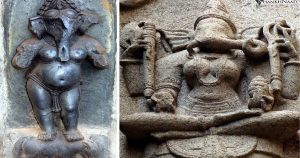
Everything You Must Know About The Mysterious & Unspoken Female Form Of God Ganesha
It is the enthralling theories and myths the Hinduism has, which surprises us day-to-day. There are enormous stories, plots, and facts that often spellbound us all the way to tickle the sense of curiosity about Hindu Mythology.
Be it Ramayana, Mahabharata or other popularly sacred texts, every book carries heaps of stories, a handful of unearthed secrets and the mysteries that could stun everyone. Just like every Hindu God, Lord Ganesha has his story and epics has it that he is the one who must be obviously prayed before starting any task if good results are expected.
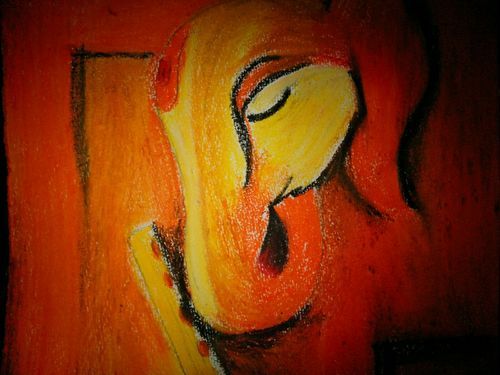
Another strange story is now on the table and it is about the existence of the female form of God Ganesha. All these days we have been hearing about the Male form of Ganesha and this new theory might surprise us in every possible way, in addition to this, there are barely a handful of books that described his female form.
In general, we celebrate Ganesh Chaturthi in August of every year, and, according to the age old sacred books, which are practically earthed, it is believed that the fourth day of every month after the new moon is observed as Vinayaki Chaturthi, the day dedicated to Lord Ganesha in his feminine aspect. But despite the fact that this day is marked every month on Hindu calendars, many people have no idea that Ganesha even had a female form.
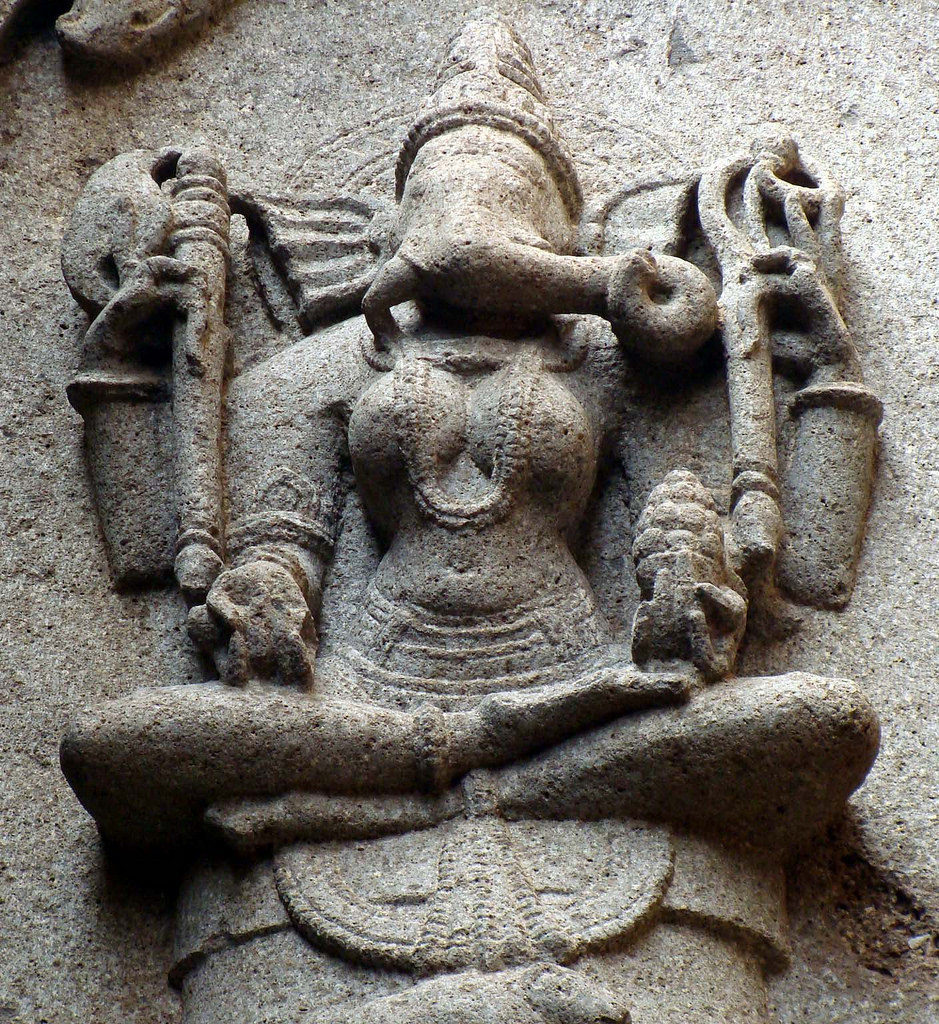
Concreting the belief, according to mythologist Devdutt Pattanaik, who in an article published in September 2012 wrote that “this is because Vinayaka’s history was mostly oral, and over the centuries, she was lost in time”. In spite all that, some stories about her continue to exist, though the only book that focuses on her, written by historian PK Agrawala, has long been out of print.
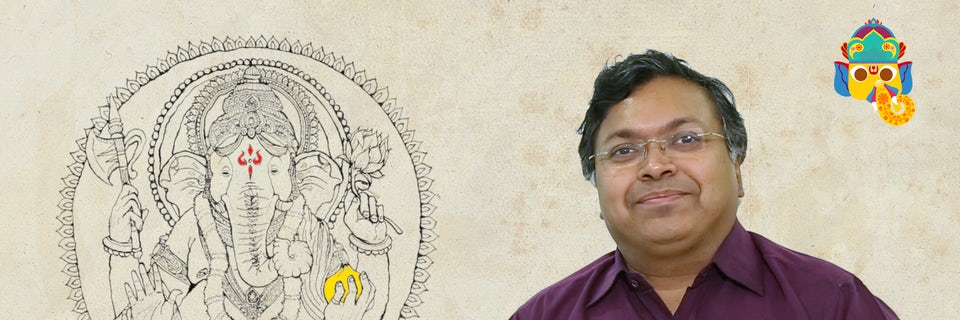
Kicking aside the unpopularity of Ganesha’s female form, there are five interesting facts that deliver so much deep message which we’re unaware of.
1. The writings of Yogi Ananda Saraswathi in vedicgoddess.weebly.com read that the female form is called as Vinayaki, Ganeshani, Gajanani, Ganeshwari Gajamukhi or Vigneshwari. In Madurai, Tamil Nadu, she is worshipped as Vyagrapada Ganapathy, and in Tibet, an elephant-headed goddess called Ganeshani is worshipped at various occasions.
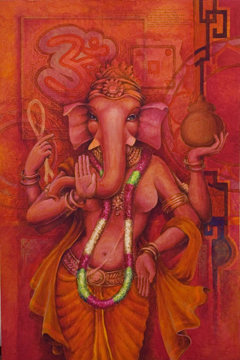
2. The popular mythologist Devdutt Patnaik in his article detailed the story of Vinayaki’s origin, he wrote:
“When the demon Andhaka tried to abduct Parvati, he was impaled by her husband Shiva on his trident. But every drop of blood that fell to the ground turned into another Andhaka. “Parvati knew that every divine being is a mixture of male and female forms, the male form representing mental potential and the female form representing material resources (Shakti). Parvati, therefore, called out to all the Shaktis,” wrote Pattanaik. So every divine being released his female energy who drank the blood of Andhaka before it touched the ground. Ganesha’s Shakti also emerged – Vinayaki or Ganeshvari, according to the Matsya Purana and Vishnu-dharmottara Purana. “This form of Ganapati is adored in the Vana-Durga-Upanishad.”
3. Similar to Patnaik, the artist Mahen Chanmugan has certain notions on the goddess, he is popular for his paintings on Lord Ganesha. He in his blog wrote”
“the earliest evidence of a female Ganesh or Vinayaki is a weathered terracotta plaque from Rairh in Rajasthan, which dates back to the first century. These feminine Ganesh forms have been discovered in 64 Yoginî enclosures or temples. Eighteen such Yoginî temples have been indexed in India with one, supposedly, in Sri Lanka.”

4. In another site named hindudharmaforums.com, a discussion thread on Vinayaki provides the following information:
“…We are familiar with a consort to Ganesha for his various manifestations… However, is Vinayaki her own Devi and not a ‘consort’? This name shows up in Matrika lists, in Buddhist literature, and even in Jain Yogini names… She is listed as No. 1 of the 64 Yoginis, known as Gajanana or Elephant faced, in the Kashi Khanda. She appears in holy sculptures in Orissa. … She is often holding the parashu or battle-axe, this is the same axe I see held by the aspect of Ganesha as Ganapati…”
5. There is this another popular blog on ‘tantra practices and beliefs’, named enfolding.org, one of the authors in the blog wrote:
“The 16th-century Silparatna gives a description of Vinayaki as having the head of an elephant and the body of a youthful woman. She is vermillion-colored, has large breasts which bow down her body due to their weight, a corpulent belly, and beautiful hips. There are representations of her standing, seated or dancing. Although Vinayaki is generally related to Ganapati (via the name linkage Vinayaki/Vinayaka) – the scholarly consensus appears to be that she is an independent goddess and not one of Ganesa’s Saktis or consorts…”
All these theories are making it certain that God Ganesha’s female form does exist and is lost in stories with time and tide.
Related Article: Lord Hanuman’s Role In Creating Bermuda Triangle Will Shock You!